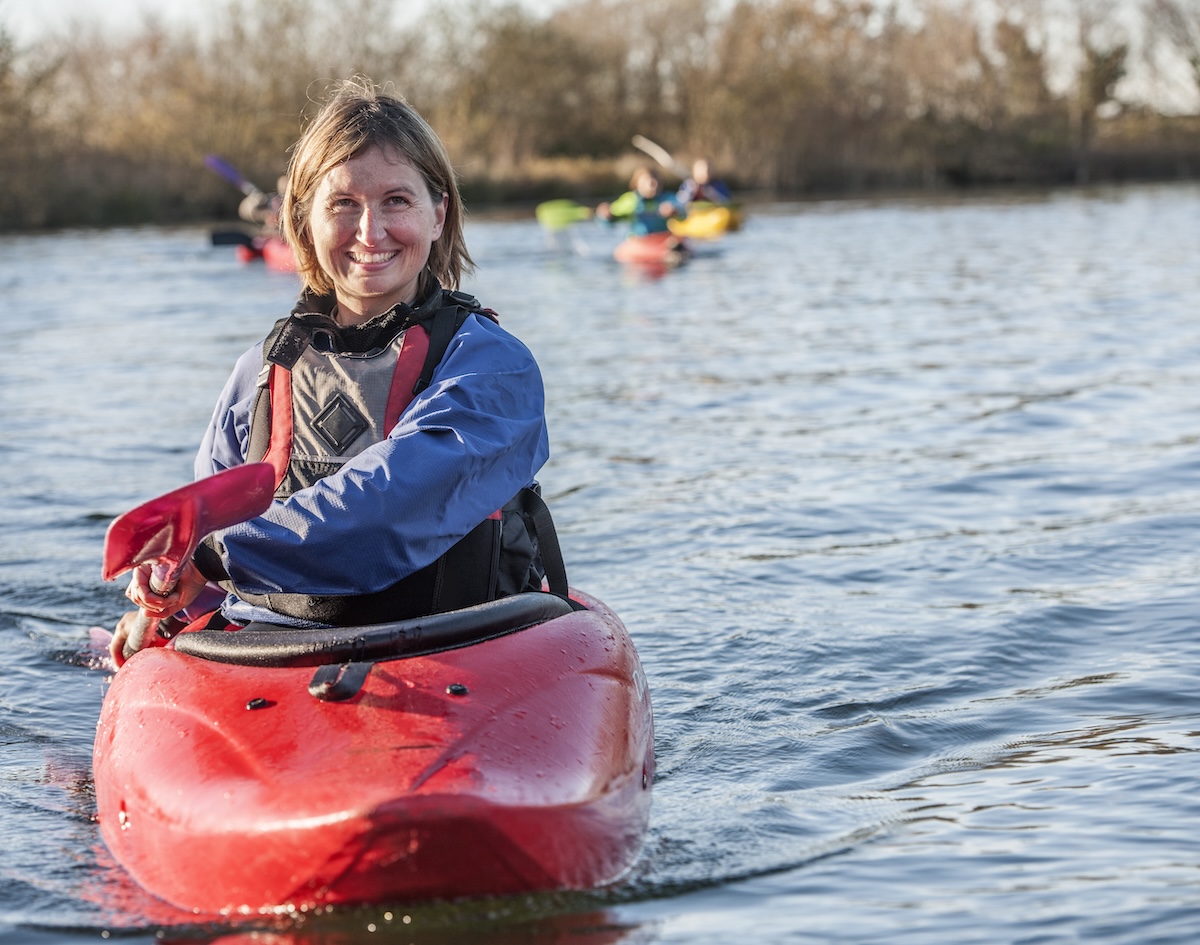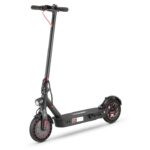Why Kayaking?
Kayaking offers a gentle yet exhilarating way to explore rivers, lakes, and even the ocean. Whether you’re a seasoned paddler or dipping your toes in for the first time, this paddling sport blends fitness, adventure, and a unique connection to nature. The rhythmic motion of the paddle provides a low‑impact workout that strengthens the core, shoulders, and arms while also improving balance and coordination.
Choosing Your Kayak
Stand‑up vs. Sit‑down
- Stand‑up kayaks (SUPs) are ideal for flat water, beach breaks, and even surfing-style wave riding.
- Sit‑down kayaks come in recreational, touring, and touring‑sport varieties, offering stability and comfort for longer excursions.
Fit Matters
A kayak that fits your height and weight is essential for efficient paddling. Most manufacturers provide a sizing chart—consult it before you buy or rent. For a quick check, ask the rental shop to let you sit in the kayak and glide a few meters; if you can reach the paddles comfortably, you’re in the right spot.
Gear Checklist
- Paddle – choose a shaft length that matches your height (roughly 10–12 inches longer than your height).
- Personal Flotation Device (PFD) – mandatory in most jurisdictions; opt for a snug, adjustable one if you’re a beginner.
- Helmet – especially if you’ll be on waves or shallow water.
- Dry bag or waterproof case – keep essentials dry, particularly in windy conditions.
- Towel, sunscreen, and a spare shirt – you’ll likely get a little wet, even on calm water.
Mastering the Basics
- Sit upright with knees slightly bent – this gives you a solid base.
- Grip the paddle – your paddling hand should be a few inches from where you hold the paddle.
- Pull the blade through the water – a smooth, arc‑shaped stroke is efficient and reduces fatigue.
- Alternate sides – keep your kayak moving straight by switching sides every few strokes.
- Steering – a “heel turn” (leaning the kayak to the side) nudges the hull, while a “blade turn” (pivoting the paddle in the water) steers more sharply.
Safety First
- Check the weather – wind and wave conditions can change rapidly.
- Tell someone where you’re headed and your estimated return time.
- Practice “duck” – learn to go underwater if you’re in a rough spot.
- Know your limits – stay in water you’re comfortable with until you build confidence.
Getting the Most Out of Your Kayak Trip
- Explore local waterways – many towns have hidden gems. For instance, a quick Google search for Warrandyte kayaking reveals a thriving community of paddlers enjoying the local river and lakes, complete with guided tours and rental options.
- Photography – the golden hour on the water is perfect for sunrise or sunset shots.
- Mindfulness – the rhythm of paddling provides a natural meditation; breathe deeply and let the water carry your thoughts away.
Final Thoughts
Kayaking is more than a sport—it’s a doorway to discovery, health, and tranquility. By starting with the right equipment, practicing basic strokes, and prioritizing safety, you’ll find yourself gliding across the water in no time. So grab a paddle, tie on your PFD, and head to the nearest inlet. The world of kayaking awaits!
















